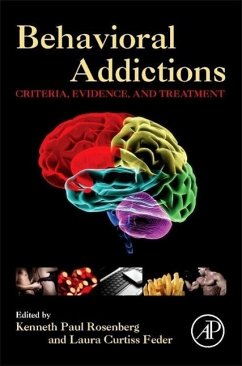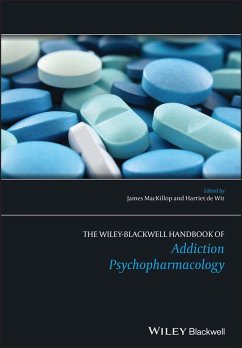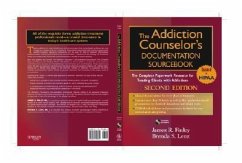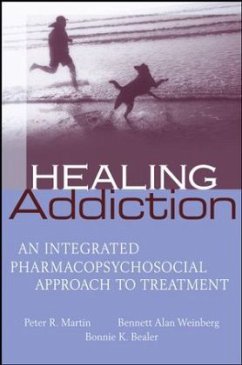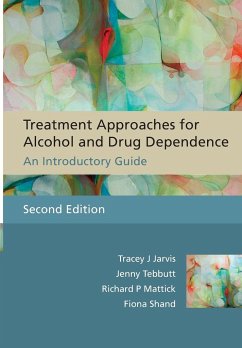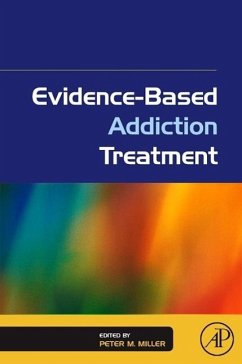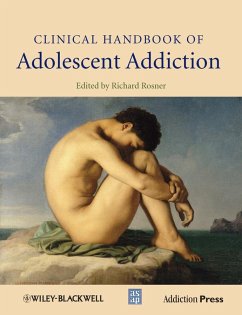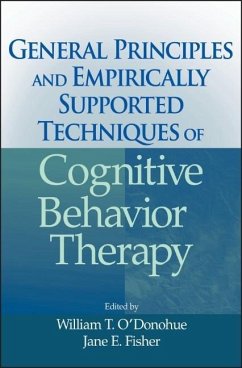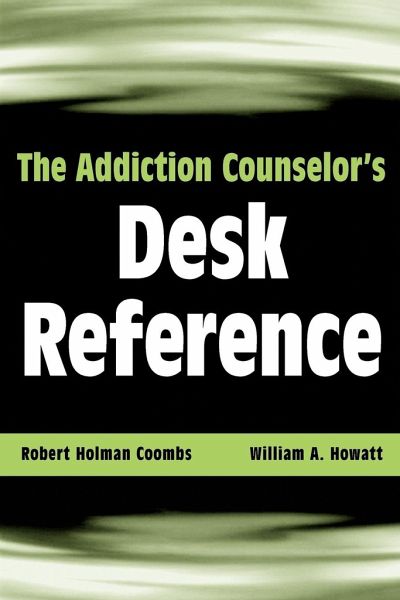
The Addiction Counselor's Desk Reference

PAYBACK Punkte
38 °P sammeln!
The Addiction Counselor's Desk Reference is a comprehensive compilation of information about the full spectrum of addictive disorders, their consequences, and treatment. This unique text includes detailed definitions and practical illustrations of addiction-related terminology, addictive disorders and behaviors, descriptions of treatment models and techniques, as well as lists of relevant websites, government resources, and treatment centers. Addiction professionals will find this information-packed guide to be an invaluable practice tool._ The most up-to-date resource of its kind_ Contains de...
The Addiction Counselor's Desk Reference is a comprehensive compilation of information about the full spectrum of addictive disorders, their consequences, and treatment. This unique text includes detailed definitions and practical illustrations of addiction-related terminology, addictive disorders and behaviors, descriptions of treatment models and techniques, as well as lists of relevant websites, government resources, and treatment centers. Addiction professionals will find this information-packed guide to be an invaluable practice tool.
_ The most up-to-date resource of its kind
_ Contains detailed definitions, practical illustrations, relevant websites, government resources, and information about treatment centers
_ Written by a leading authority on addiction research, prevention, and treatment
_ The most up-to-date resource of its kind
_ Contains detailed definitions, practical illustrations, relevant websites, government resources, and information about treatment centers
_ Written by a leading authority on addiction research, prevention, and treatment



